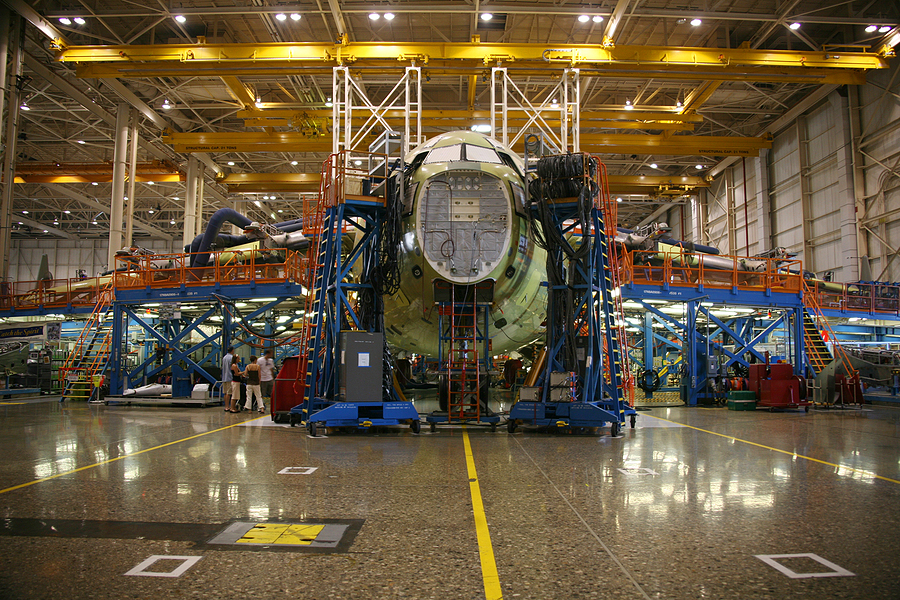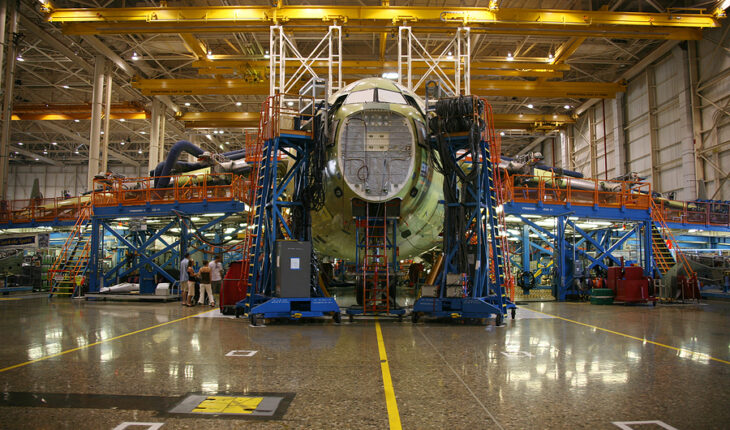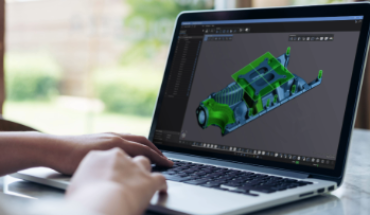
An overview of the special requirements of manufacturing for aerospace applications.
Few industries can claim to be closer to the cutting edge of manufacturing than aerospace.
Although there are certainly newer industries, such as microprocessors, as well as those with much higher production volumes, such as automotive or consumer goods, no other industry combines so many advanced technologies with the imperative to adhere to the most stringent quality and safety standards.
Aerospace manufacturing is not for the faint of heart, nor the impatient , nor those who would gladly embrace risk for the sake of innovation. Instead, it’s an industry that rewards careful attention to detail, an appreciation of the importance of reliability and, perhaps most of all, a high tolerance for paperwork.
Regulations in aerospace manufacturing
Many industries can make a claim to being on the cutting edge of technological advancement, but few are simultaneously constrained by the level of regulation seen in aerospace. The International Traffic in Arms Regulations (ITAR) is a prime example.
ITAR encompasses the rules for controlling sensitive military technology in the United States by preventing not only physical components but also knowledge about them from being passed to non-US citizens. ITAR applies to most aerospace manufacturing because many of the components for commercial aircraft are also used in military variants. At the most basic level, ITAR compliance requires a manufacturer’s employees to be US citizens or qualify for exemptions by meeting certain residency criteria and being demonstrably free of foreign influence. This can also apply to a company’s suppliers, which makes navigating the supply chain in aerospace manufacturing especially complex.
The Federal Aviation Administration (FAA) also regulates aerospace manufacturing via type certification – the approval of the design of an aircraft and all its component parts based on compliance with airworthiness, noise, fuel venting and exhaust emissions standards. Under Title 14 Code of Federal Regulations, type certificate holders must:
- Obtain FAA approval before making any changes to the location of any of its manufacturing facilities
- Immediately notify the FAA, in writing, of any changes to manufacturing facilities that may affect inspections, conformity or airworthiness of its product
- Maintain data on product and manufacturing specifications, including dimensions, materials, and processes, at the manufacturing site
- Make each product available for inspection by the FAA and maintain records of completed inspections and tests for at least five years (10 years for critical components)
- Mark products in accordance with federal regulations
- Establish approved flight test procedures and conduct test runs to determine fuel and oil consumption and power characteristics
- Establish and describe in writing a quality system to ensure each product conforms to its approved design and is in a condition for safe operation
Quality standards in aerospace manufacturing
The regulatory demands on manufacturers working in the aerospace industry go hand-in-hand with the strict quality standards to which they must adhere. At the core of aerospace manufacturing quality standards is AS9100, which is based on the ISO 9000 family for quality management systems (QMS). The latest version, AS9100D, includes ISO 9001:2015 QMS requirements with additional requirements that are specific to the aerospace and defense industries, including traceability, process control and documentation.
Prior to the introduction of the AS9000 – which preceded AS9100 – aerospace manufacturers tended to use ISO 9001 in combination with a patchwork collection of internal requirements, such as Boeing’s D1-9000. While AS9000 was developed by the major American aerospace manufacturers in 1997, AS9100 was published two years later as a global standard. Since then, the standard has been revised four times.
- AS9100A was released at the same time as the new ISO 9001 and included an updated QMS model aligned with the new ISO standard.
- AS9100B was released in 2004 to remove a section permitting the use of the legacy model from ISO 9001: 1994.
- AS9100C was released in 2009 and incorporated changes meant to address repeated late deliveries or deliveries of non-conforming product by AS9100-certified suppliers. As such, it included elevated requirements for risk management, including new auditing standards.
Other notable standards in the AS91XX family include AS9120, which specifically pertains to distributors, and AS9102, which concerns first article inspection reports.
The aerospace manufacturing difference
Engineers are known for their attention to detail, but aerospace manufacturing operates on another level. From following international and domestic regulations to meeting the high standards of aerospace QMS, success as a manufacturing engineer in the aerospace industry takes serious dedication. Of course, meeting the standards and regulations of aerospace manufacturing is really just table stakes. The true challenge comes from the materials, machines and processes that make aerospace the high-tech industry that it is.





